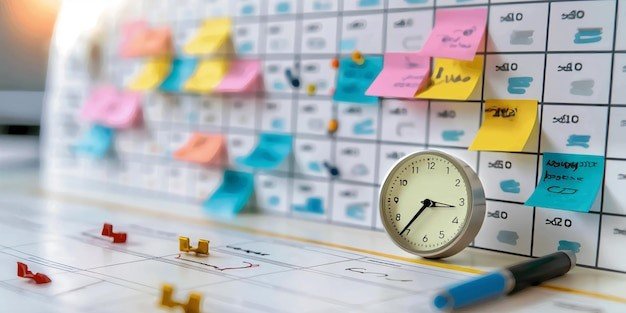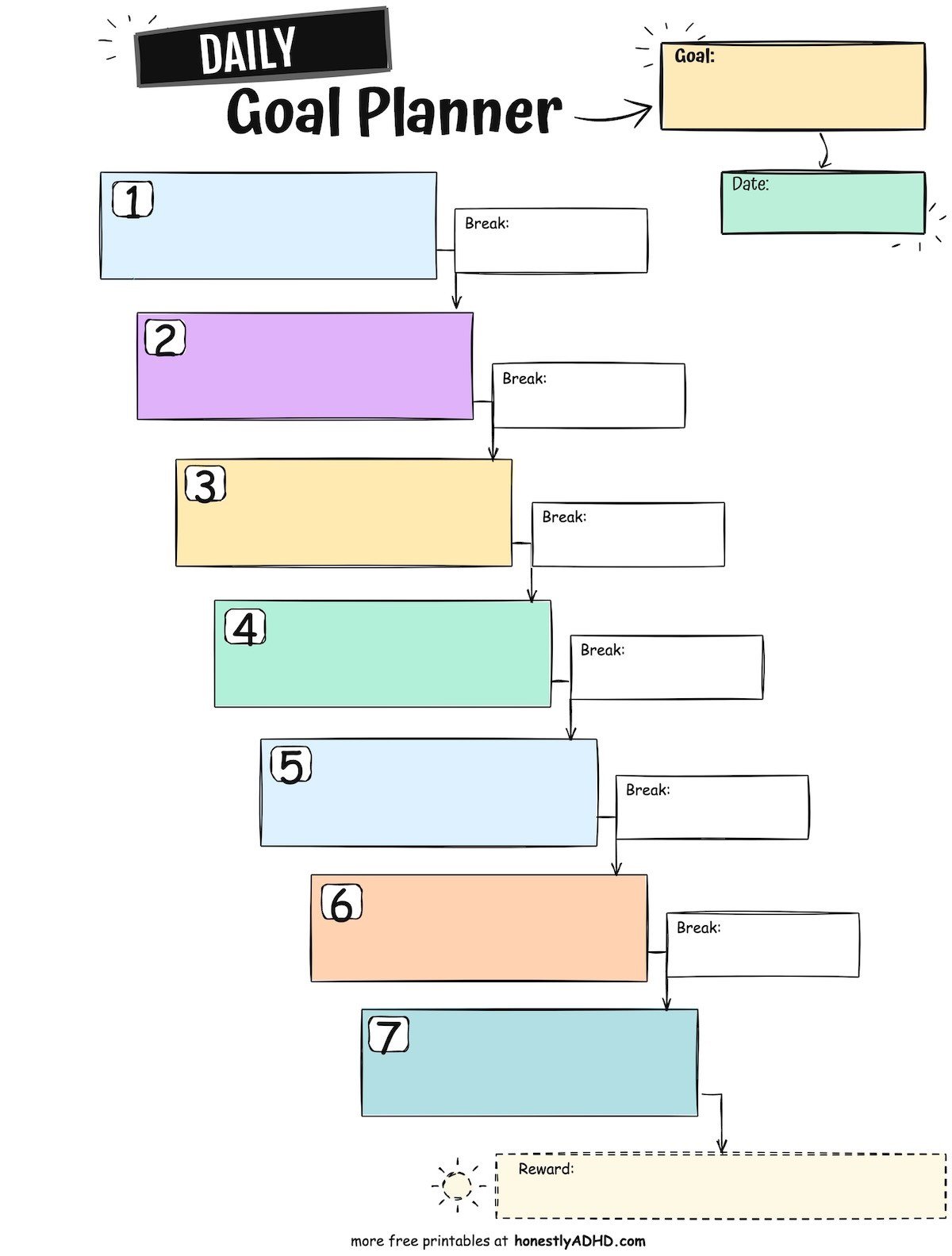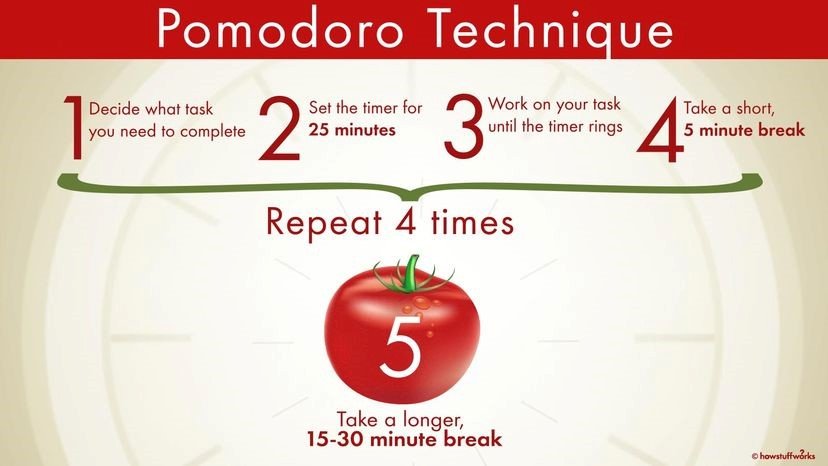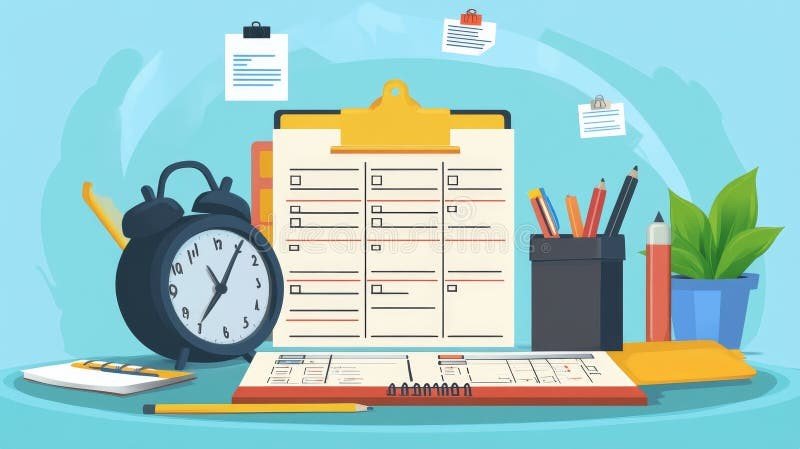Managing time can feel overwhelming, especially if ADHD is part of the picture. Missed deadlines, endless to-do lists, and that constant nagging feeling of “I should’ve done this earlier” are all too familiar. But you know what? You’re not alone—and you’re not doomed to live in chaos.
The truth is, ADHD brings unique challenges to time management, like time blindness, difficulty focusing, or impulsivity. But it also comes with strengths—like creativity, out-of-the-box thinking, and energy. By learning to work with your brain instead of against it, you can conquer the clock and even have some fun doing it.
At Heal and Thrive Psychotherapy & Coaching, we’ve helped countless individuals with ADHD transform their schedules—and their lives. Ready to take control of your time? Book your complimentary consultation today.
Let’s dive into 10 practical, ADHD-friendly strategies that will help you regain control of your time, reduce stress, and unlock your full potential.
- Make Time Visible
How often do you think, “Wait, where did the last hour go?” For many people with ADHD, the concept of time can feel… slippery. This is called “time blindness,” and it’s one of the most common hurdles to managing a schedule.
The key? Making time visible. When you can see time passing, it becomes easier to prioritize tasks, stay on track, and avoid the dreaded last-minute scramble.
How to Make Time Visible

- Physical Planners: Start with a planner that works for you—weekly spreads, daily layouts, or even bullet journals. Personalize it with colors, stickers, or quotes to make it fun and engaging.
- Wall Calendars or Whiteboards: Keep a large calendar or whiteboard in a prominent spot, like your workspace or kitchen. Seeing your week laid out visually gives you a clear roadmap for what’s ahead.
- Digital Tools: Apps like TickTick, Sunsama, or com are great for customizing tasks and staying organized.
- Countdown Timers: Use a timer like Time Timer to give yourself a visual sense of how long you have left for a task. Watching the timer tick down can be surprisingly motivating!
Pro Tip: Combine visual aids. For example, use a whiteboard to map out your weekly goals, then schedule tasks into a digital planner with reminders.
- Break Big Tasks Into Small Wins

Have you ever looked at a massive project—like cleaning out your garage or writing a report—and immediately felt paralyzed? Big, unstructured tasks can feel overwhelming and impossible to tackle. Breaking them into smaller, bite-sized steps can make all the difference.
Example: Organizing Your Desk
Let’s say your goal is to tidy up your desk. Instead of thinking, “I need to organize everything,” break it into smaller tasks:
- Clear the surface of your desk.
- Sort papers into three piles: “keep,” “shred,” and “recycle.”
- Put stationery into labeled containers.
- Wipe down the desk for a fresh, clean feel.
- Organize the items you use most into easily accessible spots.
Pro Tip: Reward yourself after completing each step—whether it’s taking a short break, grabbing a snack, or listening to your favorite song.
- Harness the Power of the Pomodoro Technique

Focus can be a fleeting thing when you have ADHD. That’s why the Pomodoro Technique is a lifesaver. It breaks your work into manageable intervals, which can help you stay engaged without feeling drained.
How It Works
- Choose a task and set a timer for 25 minutes.
- Work on the task until the timer rings.
- Take a short 5-minute break to reset.
- Repeat this cycle four times, then reward yourself with a longer break (20–30 minutes).
Pro Tip: Use apps like Forest (grow virtual trees while you stay focused) or Focus Booster to track your work intervals.
- Set Motivating Reminders
Forgetting things is practically an ADHD superpower. But forgetting important tasks or deadlines doesn’t have to derail your day. Smart reminders can keep you on track.
Ideas for Better Reminders
- Set reminders with positive, energizing labels like “You’ve got this!” or “Time to shine!”
- Use location-based notifications, like “Grab groceries” when you’re near the store.
- Schedule self-care reminders, such as drinking water, stretching, or taking a mindfulness break.
Pro Tip: Batch similar tasks into a single time block. For example, set aside 30 minutes to tackle emails instead of scattering them throughout the day.
- Create (and Stick to) a Routine
A consistent routine isn’t about being rigid—it’s about building a rhythm that reduces decision fatigue and makes your day flow more smoothly.
Steps to Build a Routine
- Start small. Add one habit to your morning routine, like journaling or reviewing your daily goals.
- Anchor new habits to existing ones. For example, “After brushing my teeth, I’ll write tomorrow’s to-do list.”
- Set specific time blocks for focused work, meetings, and breaks.
“Curious if coaching could help you build consistent routines and achieve your goals? Take our quick Are You Ready for Coaching? assessment to find out!”
- Declutter Your Workspace
A cluttered space can lead to a cluttered mind. By creating a clean, organized workspace, you’ll reduce distractions and boost your ability to focus.
Workspace Tips
- Declutter daily. Take five minutes at the end of each day to tidy up your desk.
- Use labeled storage bins to keep everything in its place.
- Add a personal touch, like a motivational quote, a small plant, or a photo that makes you smile.
Pro Tip: Keep fidget tools nearby if you’re prone to fidgeting—they’re great for releasing energy without losing focus.
- Turn Tasks Into Games
Boring tasks are the ultimate focus killers. But turning them into a game can make them fun and engaging.
How to Gamify Your Tasks
- Set a timer and race against the clock: “Can I finish this task in 10 minutes?”
- Play music or podcasts to make repetitive chores less dull.
- Set up a reward system: Earn points for each completed task and treat yourself at the end of the day.
- Lean on Accountability
Having someone to check in with can help you stay motivated. Whether it’s a friend, a coach, or a group, accountability makes a huge difference.
Options for Accountability
- Partner with a friend to share progress and cheer each other on.
- Work with a coach for personalized strategies and encouragement.
- Join a support group to connect with others who share your experiences.
Testimonial: “One of our clients, Sulema, shared this about her coaching experience: ‘Rooz’s coaching approach is clear and exceptionally encouraging. He guided me to overcome procrastination and build lasting habits.’”
- Tackle Emotional Barriers
ADHD often comes with emotional hurdles like anxiety, perfectionism, or self-doubt. Addressing these feelings is key to improving time management.
Tips for Emotional Resilience
- Practice mindfulness or breathing exercises. Apps like Headspace, Calm, and Insight Timer can help you unwind.
- Replace negative self-talk with affirmations like “Progress, not perfection.”
- Take breaks to reset when you’re feeling overwhelmed.
For more insights, check out our blog: My ADHD Journey and Revenge Bedtime Procrastination.
- Celebrate Every Win
Every step forward, no matter how small, is worth celebrating. Recognizing your progress reinforces good habits and builds confidence.
Ways to Celebrate
- Treat yourself to something fun after finishing a challenging task.
- Share your wins with a friend, family member, or coach.
- Reflect on your progress each day—it’s a great way to end on a positive note.
Ready to Take Control?
At Heal and Thrive Psychotherapy & Coaching, we’re here to guide you every step of the way. Click here to book your free consultation now!


Daha önce araştırıp pek Türkçe kaynak bulamadığım sorundu Elinize sağlık eminim arayan çok kişi vardır.
çok yararlı bir paylaşım olmuş teşekkür ederim çok işime yarıcak.
Pretty! This has been a really wonderful post. Many thanks for providing these details.
I really like reading through a post that can make men and women think. Also, thank you for allowing me to comment!
I just like the helpful information you provide in your articles
I am truly thankful to the owner of this web site who has shared this fantastic piece of writing at at this place.